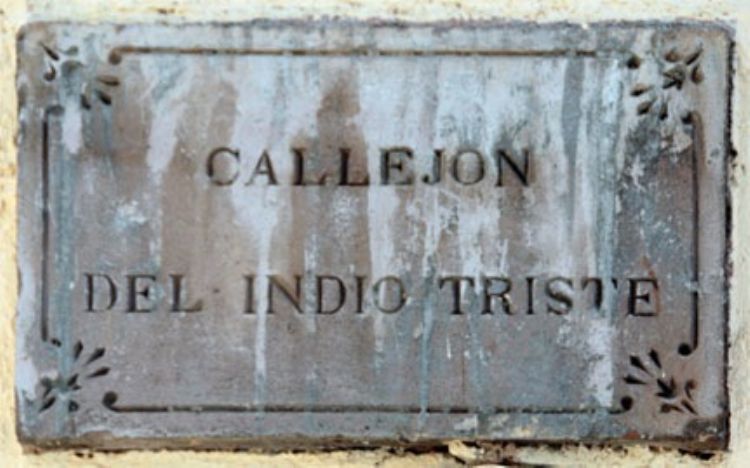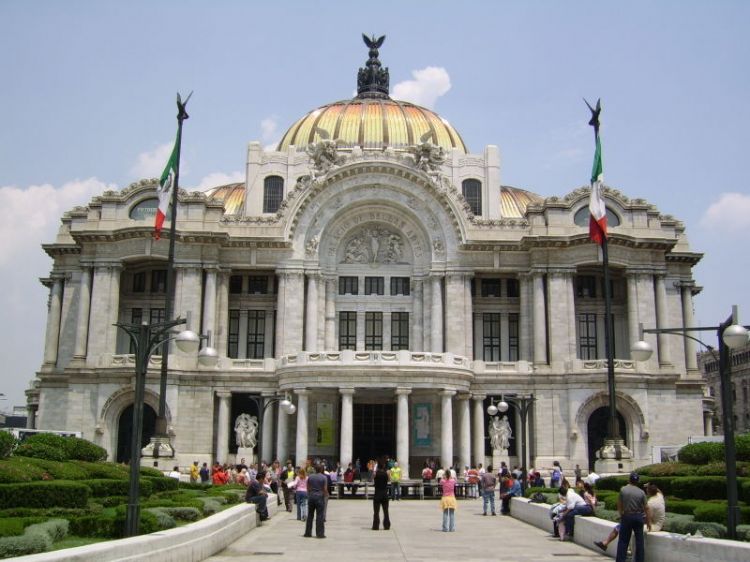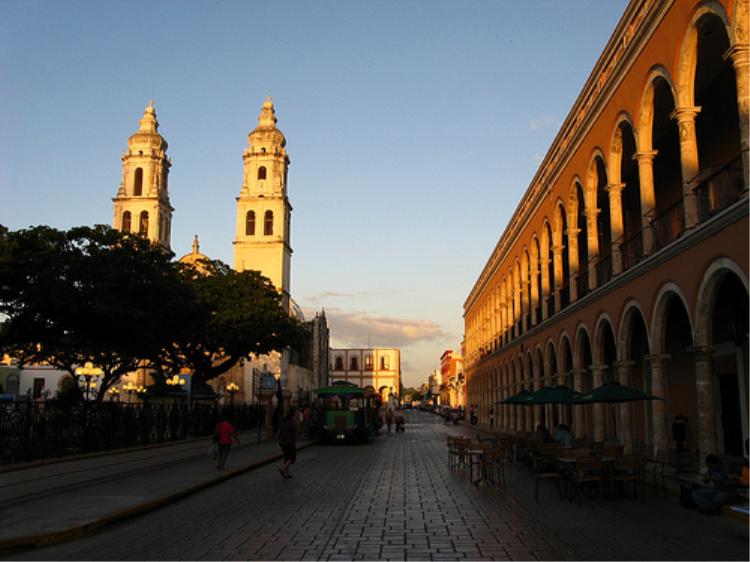
The 5 safest cities in the country of Mexico
Several foreign and domestic agencies such as the Interna...
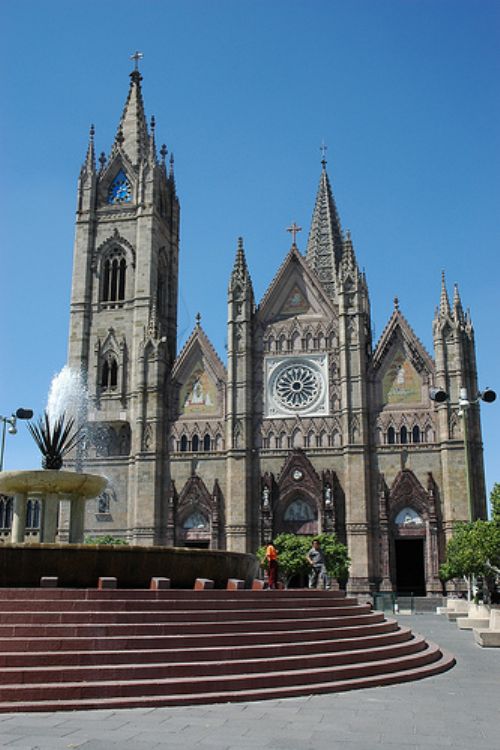
Guadalajara is located west of the Mexican Republic, surrounded by the states of Durango, Zacatecas and Aguascalientes (on the north); Nayarit (northeast); Guanajuato (east); Michoacan (Southeast); Colima (south); and the Pacific Ocean (West). Its name comes from the Arab word "âWad-al-Hidjara"â which means "âRiver that flows among stones"â in honor of the city where the founder was born. Today it is considered the Country's second/third largest and important city.
Guadalajara's is about 500 years old and begins in the Colonial time in early XVI century, when, in 1521, Hernan Cortes, after conquering the Capitol of the Aztec Empire, asked Nuño de Guzmán permission to explore and conquer all of west New Spain. After that, Nuño de Guzmán defeated the area (caciques) leaders, and he decided to name the territory he conquered "âGuadalajara"â, in honor of his hometown in Spain, named also Guadalajara, and he asked Juan de Oñate to build the City of "âNochistlán"â (Teul's province), founding for the first time the City of Guadalajara, on January the 5th, 1532.
Because of the lack of water, little means of communication and huge sand storms, Oñate decided to move the village to Tonalá, and on May 19th, 1533 they changed the location of the village. Two years later they were forced to move once more due to the citizens interfering with Oñates plans, and so the third foundation was formed in Tlacotan. On this occasion the constant attacks of the indigenous people, obligated the Spanish to relocate to Guadalajara. This caused a breakout of bloody battles causing the death of many Spanish men, among them the conquistador Pedro de Alvarado, who had heeded the call of the citizens to come help them with the indigenous rebels. On February 14, 1542, a group of Spanish men led by Nuño de Guzman and Juan Cristobal de Oñate, founded for the fourth and last time the city of Guadalajara in the valley of Atemajac, beside the San Juan de Dios River. That same August they received from the kings of Spain, the title to the city and the military emblem.
In the following years, due to the agricultural growth of the city, Guadalajara becomes very important in the colony and in 1561 it is named the capital of New Galacia. Great things begin to take place in this capital, such as the start of the Supreme Court functions, the construction of the Cathedral initiated by Friar Pedro de Ayala, a strong population growth that reached 3,000, amongst others.
During the XVIII century the city continued to grow and among the greatest accomplishments we can mention the founding of the University of Guadalajara (November of 1788), the creation of the first printing press (1792), and the appearance of the first vehicles (1793) amongst others.
The XIX century was transcendental due to the independence of Mexico, in which the city of Guadalajara and its inhabitants played a leading role. In 1800 the city was nearing 45,000 inhabitants, and ten years later was a witness to the abolishment of slavery, declared by Don Miguel Hidalgo y Costilla, and also to the creation of the first independent newspaper named ¨El Despertar Americano¨ (The American Awakening). The development of the city continued, due to the industrial growth, supported by a growing means of communication. This growth was accompanied by the growth of population and culture. In 1874, the Library of the State was inaugurated.
Towards the end of the Mexican independence, having been named the capital of the state of Jalisco, Guadalajara increased its importance to the state and continued with a leading role in the history of independent Mexico. It was the host to the Federal government during the Battle of the Reform and was the birthplace of the resistance to the French intervention. In the following years, it can be said that the Regimen of Porfiriato favored Guadalajara as they made great investments in the infrastructure of that city. It continued to grow and develop in every way, reaching one million inhabitants by 1964.
Today Guadalajara is considered one of the main and most developed areas in all of Mexico, and it has a little over one million six hundred inhabitants (27% of the state total), according to the second Population Count made by the INEGI. It has reached great educational advances and has less than 4% of the population considered illiterate. It has also achieved an adequate investment in basic infrastructure; therefore almost all households have basic electricity, water, and drainage system. Less than 1% of the population is considered rural. The city has reached a stable population of about 9,000 inhabitants per squared kilometer, having 188,000 squared kilometers of extension.
The economical, social, and cultural growth of Guadalajara is such that many transnational companies have moved there, such as: Siemens, Motorola, Kodak, Coca-Cola, and also a great number of technological and electronic industries such as: Solectron, Intel, JPL Pantera, and Hewlett-Packard.
The constant demand for work and the projects focused on the economic and cultural growth of the city, make Guadalajara one of the most important cities in Latin America, and it aspires to be a very important cultural center.
Sources:
Enciclopedia de los Municipios de Mexico, http://www.e-local.gob.mx

Several foreign and domestic agencies such as the Interna...
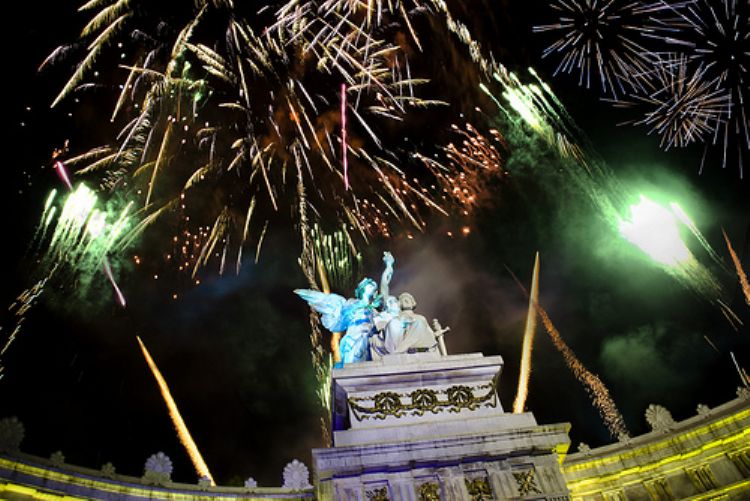
As is known to all, on September 15 is celebrated in Mexi...
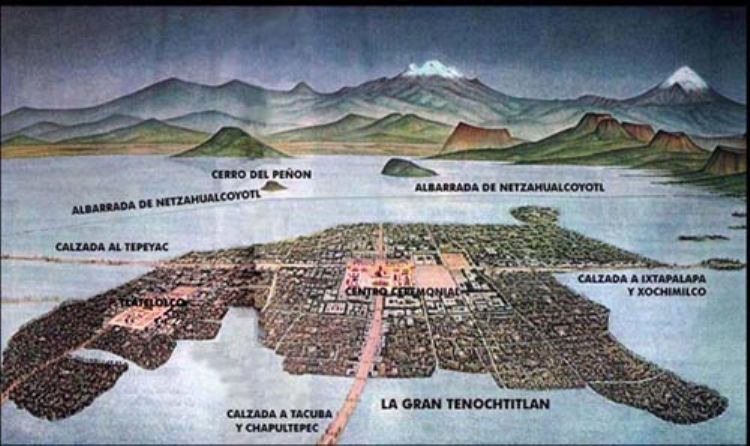
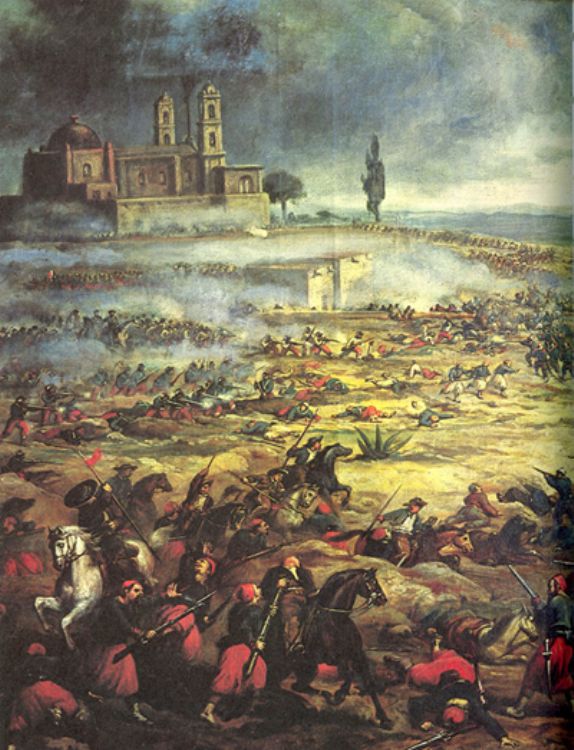
The Battle of Puebla took place on the 5th of May 1862 in...


Pozole is a delicious dish prepared with corn, meat, pepp...

As is known to all, on September 15 is celebrated in Mexi...
